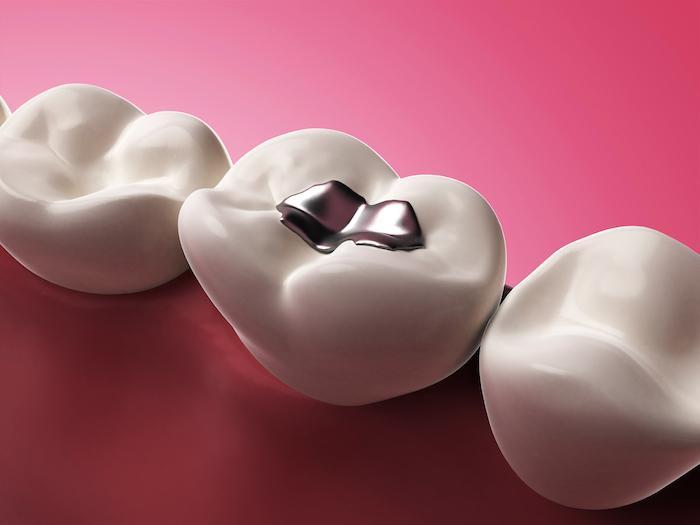Dental implants are the most natural and functional tooth replacement possible. They mimic your natural teeth so precisely that you’ll probably forget you ever lost a tooth. And nobody around you will be able to tell you have implants either.
If you’ve lost a tooth because of damage or decay, dental implants are the best possible choice for a replacement because they look and function just like natural teeth. They’re secured permanently to your jawbone, and they match your remaining teeth to fill out your smile and boost your confidence.
As just one advantage they have over dentures and bridges, dental implants don’t shift in your mouth when you talk or chew. Dental implants give you the ability to enjoy your favorite foods and speak clearly.
At Trident Dental in Houston, Texas, our team of expert and skilled dentists recommend dental implants as a first-line tooth replacement system. If you’ve chosen dental implants, here’s what happens next.
First, we determine if you’re a good candidate
A good candidate for dental implants is in generally good health. You should also have healthy gums and a strong jawbone to accommodate the dental implants.
When you come to Trident Dental for dental implants, your dentist discusses the best treatment option for your teeth. They perform an oral exam and take your medical history to help you decide if implants are right for you.
At this point, we also clean out any residual tooth parts or treat infections that may be present. If you don’t have sufficient jawbone, we may recommend bone grafts, which can add a few months to the dental implant process.
Next, we insert the implant
Each implant is composed of a titanium “root,” an abutment cap, and a porcelain crown that looks just like the tooth it’s replacing. As long as your jawbone is healthy, the dental implant procedure begins by inserting a titanium rod deep into your jawbone.
The rod acts as the root for the artificial tooth. This rod is secured and implanted — permanently — into your jawbone, which encourages healthy bone and tissue growth around the “root,” giving your artificial tooth a secure base.
Your dentist first administers local anesthesia to help keep you comfortable during the implant insertion procedure. They then make a small incision in your gum to reach your jawbone.
Your dentist inserts the small titanium post into your jaw in the socket of your missing tooth. After inserting the titanium rod, they close your gum tissue. Over the following weeks, your mouth and jawbone will heal, growing around the titanium post and securing it in your jaw. Typically, the healing process takes between 6-12 weeks.
Next, it’s time for impressions
After your jaw has healed and the artificial root is bonded to your jawbone, you come back to our office for the abutment- and crown-fitting process. An abutment is a small connector that attaches the titanium rod to the crown, or artificial tooth.
We insert an abutment cap on top of the post. Next, we’ll take impressions of your mouth. We also work with you to choose the best size, shape, and color for your artificial teeth so they match your natural teeth perfectly.
We send all the information we collect in this session to our laboratory. There, the technicians use the specifications to create customized, individual crowns. In the interim, we’ll fit you with a temporary crown.
You get your custom crown
Your custom crown is tailor-made at a dental lab to fit in your mouth and match your natural teeth and bite. When it’s ready, we call you in for a fitting.
Your dentist places your customized crown on the titanium root and abutment cap to complete the implant procedure. They check to ensure that the tooth fits well in your mouth and helps you chew and talk without interference.
If you have implant dentures or bridgework, your dentist fits your appliance onto your implant and evaluates your mouth function to ensure a proper fit. We usually use a temporary bond for your crown so that we can make sure it functions optimally. At your follow-up appointment, we check the crown’s functionality, and then cement it permanently into place.
Your smile is restored
A smile with dental implants looks just like a smile with natural teeth. And, maintenance is just as easy. Simply brush and floss the implant as you would your natural teeth. At your biannual dental cleanings, we check your implant to make sure it’s still working like it should.
Find out if you’re a candidate for dental implants by contacting our friendly team at Trident Dental by phone or online form today.

